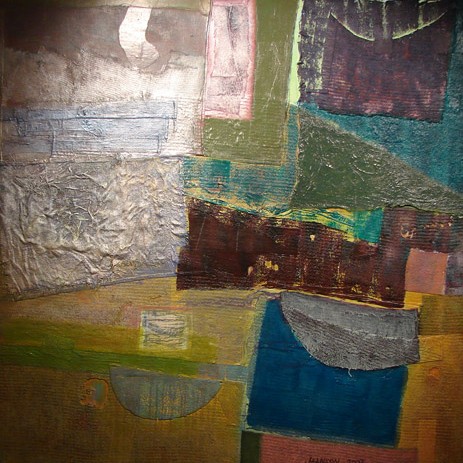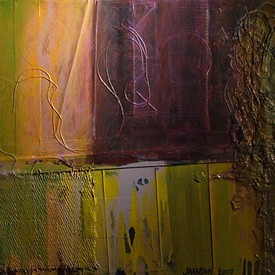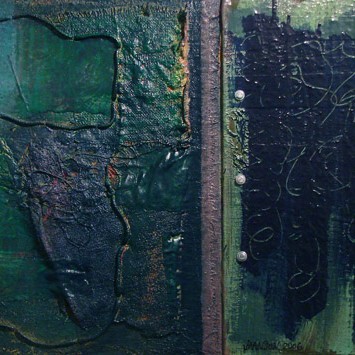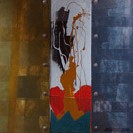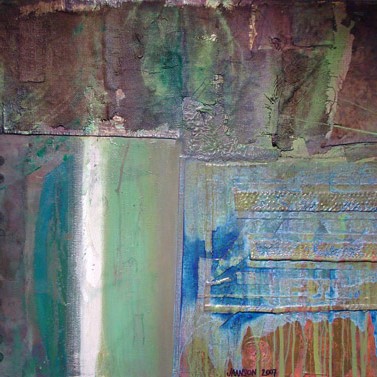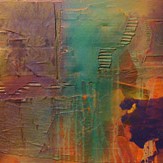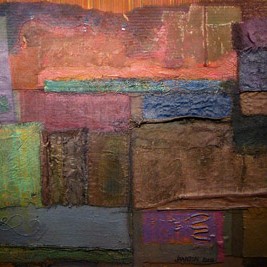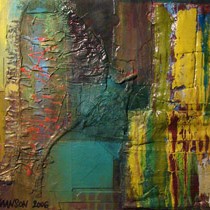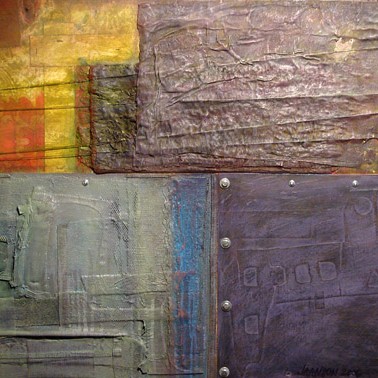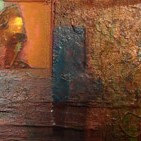So, again abstract art, about which it seems to be complicated to say something that would be taken seriously. The ones who fancy such kind of art anyhow, most probably know themselves that it is pointless to try to describe it all. The ones who are searching for something totally different in art, do not turn to abstract art even in case when anybody tries to protect it in a convincing manner. But really – why not? Why not try to seriously give reasons, why abstract art could be interesting. To start clarification from the very beginning, and do it the way one would make things clear to himself.
It is common knowledge that abstract art developed as an independent style in the 20.century in connection with the shift from the realistic object at the beginning of the century. At one moment artists were in such a situation, where their social status did not depend so much on clients or the general public and the internal development logic of art had reached the point, in which different tricks of depiction of the reality had all more or less been tested already. Antique, reneissance, baroque, romanticism, impressionism, etc. – even though so very different, they had still one way or another dealt with art that copied the physical features of actual objects. But at the beginning of the 20. century it seemed that there had arrived the moment, when art had the possibility to develop not according to the changes of the era, but for its own sake. Artist and art became independent.
The wider spreading of abstractionism started after World War II, in connection with powerful development of abstract expressionism and also other styles. Since then abstract art has maintained its firm position in the general picture. Its virtues are being enlisted differently and we could have different approaches to the present exhibition, but it is generally said that abstract art deals only with something that is just being regarded the “main thing” of painting: colours. As the painting is no more being burdened by the obligation to “depict” anything and to be subjected by such depiction to “something”, then an abstract painting is independent and by this manner also free and clean.
It somehow seems that in case of the exhibition by Tiit Jaanson such explanation is not quite sufficient. Firstly, the beforementioned assertion has been repeated for too long in order not to start having doubts in it. Secondly, Jaanson is too original to give grounds for thinking that he is only dealing with the problems of painting. By using some objects, Jaanson has for years used in his works also extracts from the real world and several of his factures have been painted, but remind very directly of something “real”.
Thanks to such joining of abstract and non-abstract we may talk, how an artist “looks into” factures and at the “real” world. But what does this “looking into” mean? One can not just claim that it is the desire to make some kind of a reasearch, the aim of which is an aspiration towards a scientific approach. No, it is rather a poetic description of the world, absorption into which helps to perceive the world in a slightly more poetic manner. It resembles to a certain extent the way a music magazine described one morning at the Baltic station. He was sitting and listening to the sound of the slot-machines working, people talking, doors banging. And suddenly he was struck by the memory of the last night’s concert, a group playing “abstract” wordless music – and all the sounds around him fell into places, “carried the tune”, a cheap slot-machine became a music machine. And exactly the same could happen after being at Jaanson’s exhibition.
.png)
